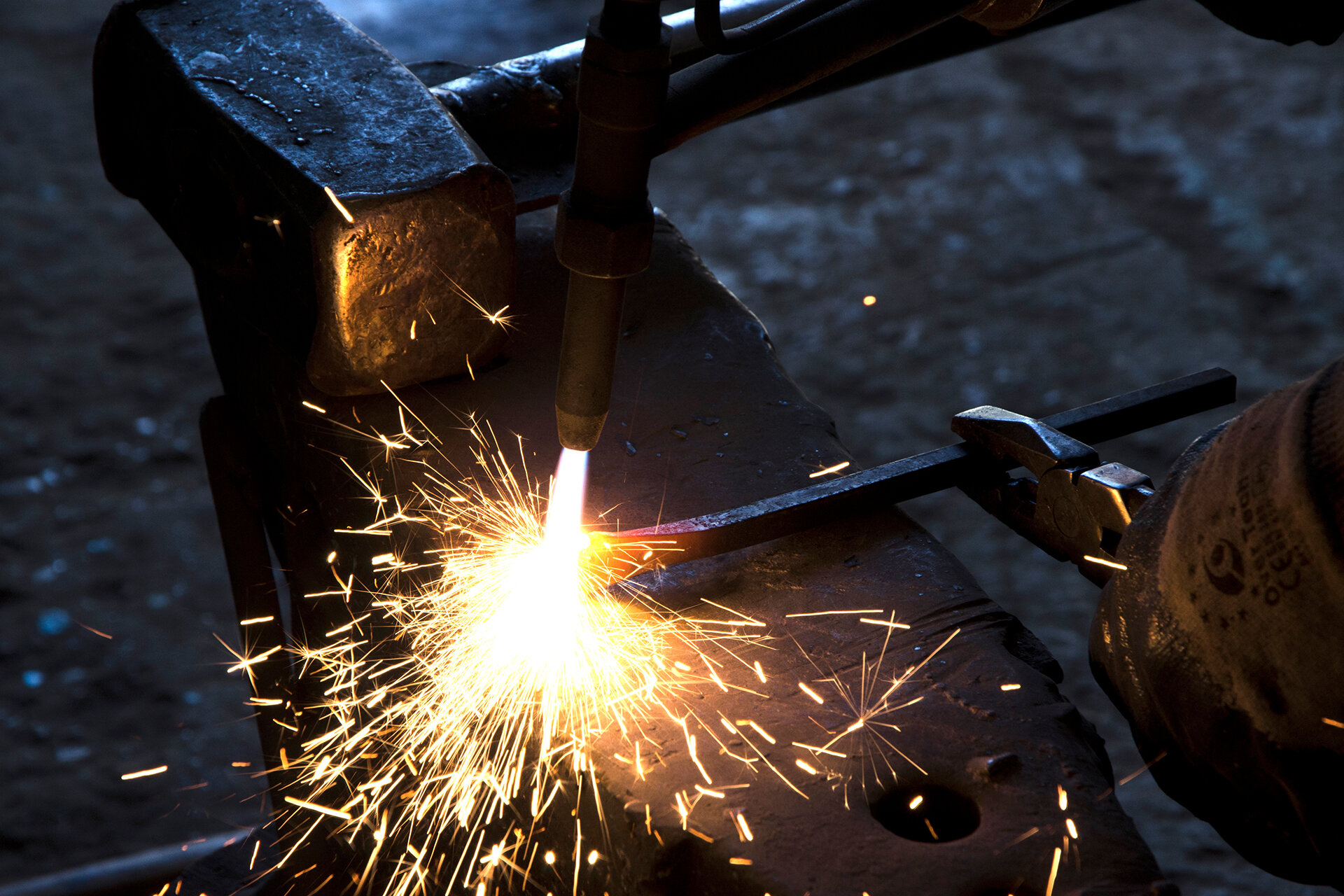The Vice-consul, the Three Marias, the Ironsmith and the Shoemaker, is a work in which narratives from 17th-19th century European wanderers in the Ottoman Empire, along with superstitions and personal fiction have merged into an installation. The aforementioned texts, collected after pertinent research, describe traditional beliefs and practices some of which culminated to crafted items promising strength, wellbeing and protection against harm to whomever used or wore them. This fabricated idea of invincibility, a recurrent motif in a plethora of stories from antiquity to present time, became a stimulus for a work in the form of an ultimate protection outfit.
Drawing from historical records, some texts were written in corresponding tone using the Vice-consul, a semi-fictional character. Then, some of the traditional practices were actually recreated in detail: e.g. three women named “Maria” gathered on the night of Great Thursday to cut, sew, wash and iron a shirt; forty iron nails from women’s houses were given to an ironsmith to weld into bracelets and so on. The appropriated practices along with fictional procedures combining superstition, old beliefs and imaginary ones, resulted in an ensemble of items, all attentively created for the absolute protection of an imaginary person whose story was never narrated.
The work was exhibited at Travelogues: Contemporary Wanderers, an exhibition of the Museum of the History of Costume, curated by Tania Veliskou.
The Vice-consul, the Three Marias, the Ironsmith and the Shoemaker, 2019, installation, photo book, doll, sewn shirt, three welded iron bracelets, wooden sandals, three cardboard boxes, wrapping paper, stool, Travelogues: Contemporary Wanderers, Museum of the History of Costume
[Special thanks to the Three Marias (Marilena Aligizaki, Anna Maria Stafadourou, Mary Thivaiou), The Ironsmith (Nikos Stathopoulos), bmin0r (Giorgos Makris) for the photographic documentation of the creation of the sandals and Tania Veliskou for access to the archive.]
















